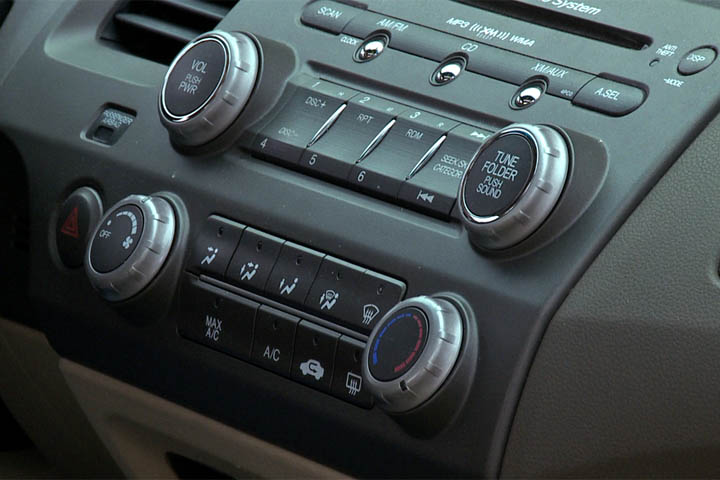A technician was telling us the other day that he was servicing an engine and spotted something he’d never seen before: A collection of dry dog food siting on a horizontal metal ledge near the base of the engine. It was neatly stashed and was in a spot where the food pellets couldn’t have simply fallen down in there.
Even though it’s the first time he’d seen dog food in an engine, he immediately knew what was going on. Critters like mice or chipmunks had found the dog food somewhere nearby and had used the engine as a nice storage unit.
Mice, squirrels, chipmunks—you name it—like the heat of the engine. And they’ll use that to store up supplies of food for use in cold weather when outside food supplies are scarce. The problem is they’ll also chew on engine components while they’re there. And they can do a lot of damage if they start gnawing on the wires. Depending on how much of your electrical system needs to be replaced, repairs can mount up to the thousands of dollars.
Those electrical problems can be tricky to track down, too, because the rodents can get to spots technicians don’t have easy access to. Oh, the signs are there; they’ll find mouse droppings, acorns… even full mouse nests in your engine. Yikes.
OK, but even if you get your vehicle fixed, how do you keep the critters from simply setting up their personal pantry again? Here are some things to try:
- Don’t leave any food in your vehicle
- Get rid of that sweet-smelling air freshener. The rodents can mistake the scent for food and head right for your vehicle.
- If you have a garage, block all access points for rodents. This can be very hard since they can squeeze through the tiniest spaces you can imagine.
- Some people keep mothballs under the hood; rodents don’t love ’em.
- Pop the hood every couple of weeks and look for signs of mice: nests, droppings or stored nuts, acorn shells and pet food.
The next time you bring your vehicle into Autotronics of St. Peter for maintenance or service, your technician will be on the lookout, too. Hey, the dog food belongs in the dog’s dish, not supplying fast food for little critters with razor-sharp teeth that can create electrical system mayhem.
Autotronics of St. Peter
111 Jefferson Avenue
St. Peter, MN 56082
507.934.9290
http://autotronicsstpeter.com


